|
Shortly after World Indoors I returned to Flagstaff for a spring camp through April and most of May. I was fortunate to tie in with Athletics Canada’s camp for the first half of my stay and had the opportunity to work closely with both Matt Hughes and Jean-Simone Desgagnés—a rare opportunity for all of us to have steeple-specific training partners! Most interesting from this camp was my deep-dive into the (very much in vogue) lactate threshold style of training, particularly the Double-Threshold workout day. While double runs already make up the majority of my training days and I’d experimented with two harder sessions in a single day before this was my introduction to Blood Lactate testing as a measure of Threshold effort. For this I’m incredibly grateful to have had the support of AC’s exercise physiologist (and general whiz kid) Gareth Sandford, as well as the all-star team at Hypo2 in Flagstaff. I’m nowhere near qualified enough to give a proper explanation of the principles behind LT training, but the gist of the program is to maximize the amount of aerobic-boosting work completed in the sub-lactic producing zone without accumulating excessive fatigue from anaerobic stimulus. To accomplish this blood samples and heart rate data are collected between intervals, allowing a support team to direct the athlete’s training in order to remain in the optimal zone (approximately 2.0 to 3.0 mMol of Blood Lactate). My main impetus for trying this style of training was two-fold. Firstly, it was a method that Matt was also implementing and as someone who has been around the sport for as long as he has, with success in a variety of different training programs, his interest in trying the program made it of interest to me. Secondly, after years of steadily and linearly increasing my average weekly running volume through longer and more frequent easy mileage I had begun to feel that I was nearing a ceiling of feasibility and questioned whether simply running more without changing the composition of how I was running was of the same benefit as earlier in my career (I’m still, and likely always will be, a staunch advocate for increased mileage as the simplest method of improving running performance for the university-aged athlete). The prospect of increasing the number of sessions each week in a zone greater than easy running seemed like a great way to boost my quality of training while still maintaining the same quantity of running each week. Overall, I seemed to respond well to the “Double T” style of training and would by lying if I said that the big weekly mileage didn’t boost my confidence heading into the racing season. While the sessions seemed to have me fit I was excited to my fitness to the test in some real racing scenarios. Having hit the world qualifying standard in Tokyo last July I had the luxury of opening my outdoor campaign later than I typically do. After putting the finishing touches on my base in Flagstaff I rolled out of town mid-May bound for Los Angeles and the Mt. SAC/USATF Distance Classic. With some rare prize money on offer the fields at Mt. SAC filled up quickly with a really strong group of athletes, including 5 Tokyo Olympians in the men’s steeplechase alone. The race was a bit of a yo-yoing affair through the early stages with no one really wanting to take it and push. While the John of previous years may have burned up in the first 2km by pushing the pace I instead ran within myself and had enough poise left in the final lap to make a decisive move and kick home for the win, opening my season in 8:24. The older I’ve gotten the more I’ve come to realize how rare winning is and I tried my hardest to savour a season-opening victory against a strong field. I returned to Vancouver riding a wave of momentum and excited to get back on a starting line soon. Next up was the Portland Track Festival, a race I’ve now done every year it’s been held since 2016. While I’d yet to win at PTF it’s been the site of several Personal Best performances and always promises strong competition and a great atmosphere. With regards to Atmosphere the 2022 edition offered more than anyone could have bargained for, as an Atmospheric River swept its way across the Pacific North West, dropping a one-day-record’s worth of rain on Portland. Unfortunately, the deluge coincided perfectly with Friday night’s steeplechase feature, guaranteeing a soak-fest no matter how well the field navigated the water pit. Emboldened by my success with frontrunning tactics in 2021 and confident I was in personal best shape I entered Portland with a scorched-earth race plan, intent on taking the pace out hard and keeping my foot on the gas. While the weather threw a curveball into those plans, I decided to stay the course, figuring that if nothing else a hard pace from the gun was still likely my best chance at another win. Had I brushed up on my war history I would have recalled that a scorched earth plan of attack guarantees a lot of pain for all sides, and that was certainly the case after a rain-drenched 63 second first lap put the hurt on me and all my competitors. From there I rode a razors edge for another 7 minutes and was able to eek out another win, this time in 8:22. Though the time wasn’t what I’d initially hoped for another victory (against the elements as much as my competition) was a great confidence boost. The next day the clouds opened up and provided perfect post-storm racing conditions for a 1500m, my one and only of the season. I was slotted into a very deep second section and, after a valiant drive to the front of the race in lap 3, was soundly put away by the hard-closing milers in the home straight, still holding on for a small PB of 3:41.1. The 2022 Canadian Track & Field Championships were held in Langley BC, a stone’s throw from Vancouver and the first time since the Legion Youth Championships in 2013 that I raced a national track championship in my home province. As a result I was blessed by the presence of lots of family who made the trip from Kelowna to watch me compete, the first time in 3 years that any of my family, or Camille, could watch me race a steeplechase in person! If my attempts at running to my limit were constrained by weather in Portland then Langley provided a boundless opportunity, with perfect temperatures, clear skies, and very little wind. I once again committed to a “hard from the gun” approach, setting out at Personal Best pace through the first KM. Although the fast first KM was enough to open up a gap that would hold through the finish line, I fell into a bit of complacency during the middle portions of the race and let myself drift, losing precious seconds off of PB pace and coming home in 8:20.77, a few 100ths slower than my similarly staged performance in Montreal a year earlier. Defending my national title with family and friends on hand to witness was special, but I couldn’t help but feel a bit frustrated by the fact that I hadn’t pushed myself deeper into uncharted territory. As quickly as it had arrived during my late-starting outdoor season, the Canadian Championships were over and the final box on the road to the World Championships was ticked. I settled back into training for three final weeks of preparation, determined to head into Eugene ready to take on whatever the world had to throw at me. My lead up to Oregon21 was as ideal as I could have hoped for it to be: three steeple races, three wins, a personal best at 1500m and a block of quality training uninterrupted by injury or illness. The pieces all seemed to align for a breakthrough opportunity and I arrived in Eugene chomping at the bit to race. While everything about the first-ever World Championships to be staged in the US was remarkable—from the fans, to the stadium, to the weather and organization—my race was not. After talking up a confident race strategy and rehearsing hard front running tactics I failed to deliver on my promise to myself and ran what I think I can best describe as a lukewarm race. Over the past 20 year history of the Steeplechase at major championships an 8:20 (or environs) clocking in the prelim is enough to advance into the final. I knew this going in and had proven to myself on multiple occasions that I was capable of running 8:20 any which way. I believed (and still believe) that my best strategy to survive and advance to the final was by imprinting my mark on the race and running out of trouble at the front of the pack yet shortly after the gun went off, I found myself boxed-in mid pack and reluctant to make any decisive move to change my position. Instead I languished in a tightly bunched group, tossed about by surges from in front and behind much like I had in the Olympic Final. By the time the real kicking began I was out of gas and only able to manage a 2:47 last kilometer, crossing the line 8th in 8:27 and failing to move on. Here I’ll skip ahead to the Commonwealth Games in Birmingham, England where I succumbed to a similar lapse of intent. Despite an even more thrilling atmosphere, a comparably competitive field, and the added motivation of washing away the bad taste of a disappointingly lack lustre showing in Eugene I once again found myself knocked off my game by a race where I failed to assert myself. My plan of attack was once again to get out hard and lead, indeed I’d been steeling myself for a death march from the front and had begun to look forward to the prospect of testing my limits. As it would happen, I wasn’t the only competitor with that intent. Despite a gut-punching 62 second opening lap I found myself only in 5th position and already desperately holding onto the leading quartet. Although I’d hoped for a quick pace and had expected to take the task of engineering one upon myself the opening two laps at world record tempo shook my confidence and I allowed the hard-charging Kenyan trio and the determined India, Avinash Sable, to slip away. I ran the remainder of the race totally solo, caught between trying to push for a quick time and running within myself to preserve my position. While a monumental crack in the last lap by one of the three Kenyans would open the door for me to come through into 4th place, the 8:30 clocking was decidedly underwhelming. I was left to wonder what could have been had I thrown caution to the wind and tried to hang onto the blistering pace up front. Sable’s aggressive tactics and never-say-die approach had garnered him a new national record (8:11) and a Commonwealth Games silver medal, I never even gave myself the chance of that outcome which is something I’ll have to live with and use as fuel for future seasons’ fire. While by no means a remedy for my disappointment in an underperforming Steeplechase, I was at least afforded the opportunity for some redemption by way of the CWG 5000m. Thanks to limited athlete quotas (but no restriction on the number of events each athlete could contend) I had been entered into the 5000m as an alternate so that, in the event I was unable to compete, another athlete could be entered in either the steeplechase or the 5000m in my stead. While certainly not Athletics Canada’s intention at the time of entering me, the 8.5-hour window between the two finals was just wide enough that I began to toy with the idea of a double. After attending track events earlier in the week and seeing consistently sold-out crowds I knew I couldn’t pass up the opportunity to double my opportunities to compete in such an incredible atmosphere. So it was that I found myself back out on the track at sunset, lined up against a 20-person field and determined, this time now more than ever, to commit myself to the race no matter how hard it got. Perhaps thanks to all those big double sessions throughout the build-up I found that my legs felt surprisingly good through the opening laps. With the pre-race jitters shaken out earlier that day courtesy of the steeplechase, I put together one of my most level-headed performances, hugging the rail, covering moves and running just on the inside of my redline for as long as possible, saving enough for a fast (by my standards) closing lap where I rolled up a few more bodies to come home in 9th place and, officially, a new Personal Best of 13:29.82. In the 5000m that evening I was reminded of what I’m capable of when I run with the mindset that I have nothing to lose, in writing this now, several weeks removed, I’m further reminded that the weight of expectation is one I place solely on myself. That I get to chase my dreams and run circles for a living is a blessing from God and a great joy in my life. When I allow that truth to become complicated by interweaving my identity and self-worth with performance outcomes, I rob myself of the joy that I’m capable of feeling and, increasingly obvious to me, the success I’m capable of achieving. I carried on my season for another month, running a local 5km road race in Kelowna over the Labour Day weekend and the Canadian 5km Road Championships a week later in Moncton, where my 13:58 clocking was good for a (distant) second behind indomitable road warrior Ben Flanagan. I’ve now wrapped up a week free of running (the first in several years) and have begun the long road back to race shape. When I look back on my scope of work over the past 9 months it’s easy to let the few big disappointments (failing to PB in the Steeplechase, failing to make the final at the World Championships) overshadow the many smaller successes (PBs at 3000m, 5000m and 1500m, multiple SC wins, consistent training). Both are equally important to forging my intent for future years and I believe I’ve learned as much from the valleys as I have from the mountaintops. I ended this season high on the recognition that I’m doing what I love each day and I intend on carrying that mindset into everything that is to come. Thanks for coming along for the ride. John “Every valley shall be raised up,
every mountain and hill made low; the rough ground shall become level, the rugged places a plain. And the glory of the LORD will be revealed, and all mankind together will See it. For the mouth of the LORD has spoken.” Isaiah 40:4-5
0 Comments
|
AboutJohn Eamon Gay Archives
November 2022
Categories |
Site powered by Weebly. Managed by Web Hosting Canada
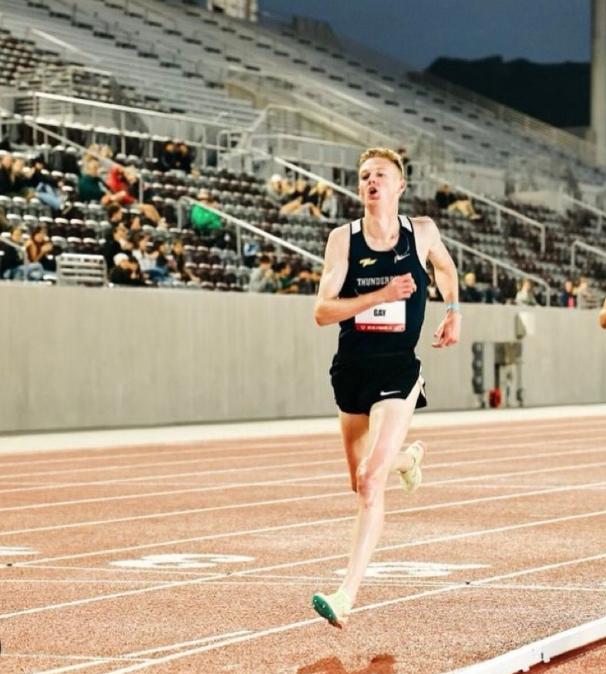
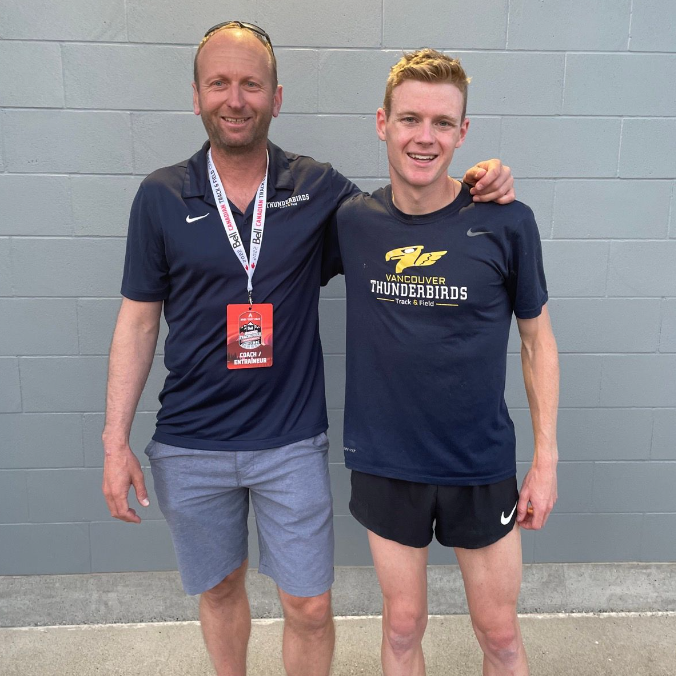
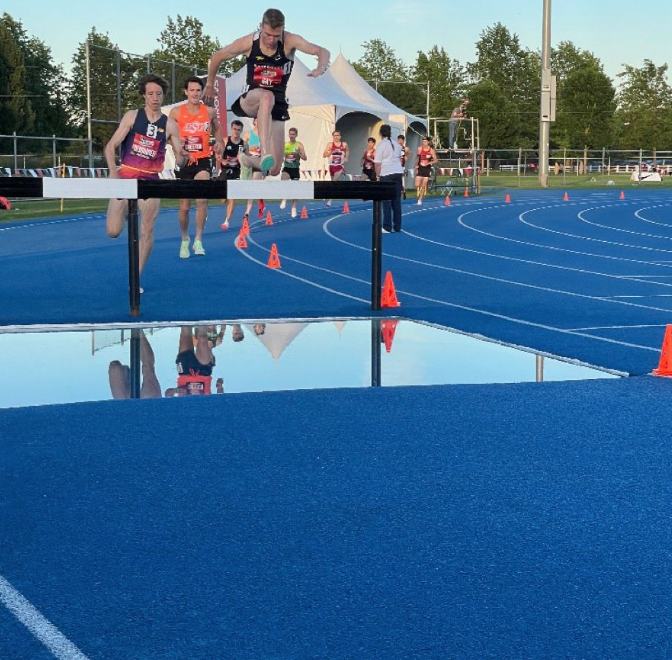
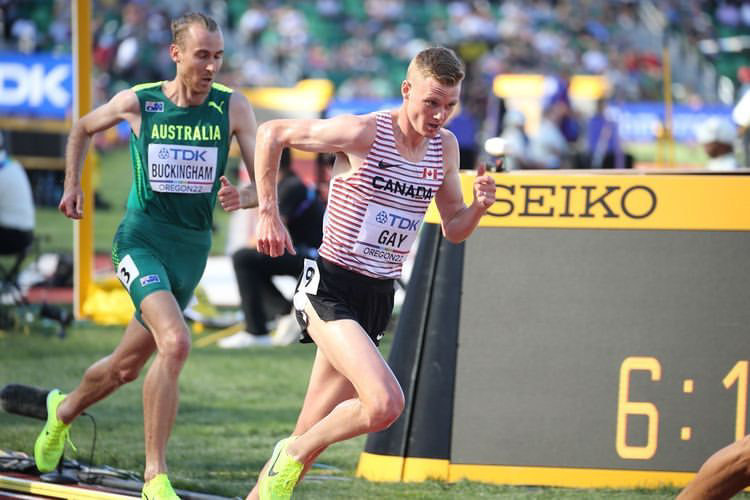
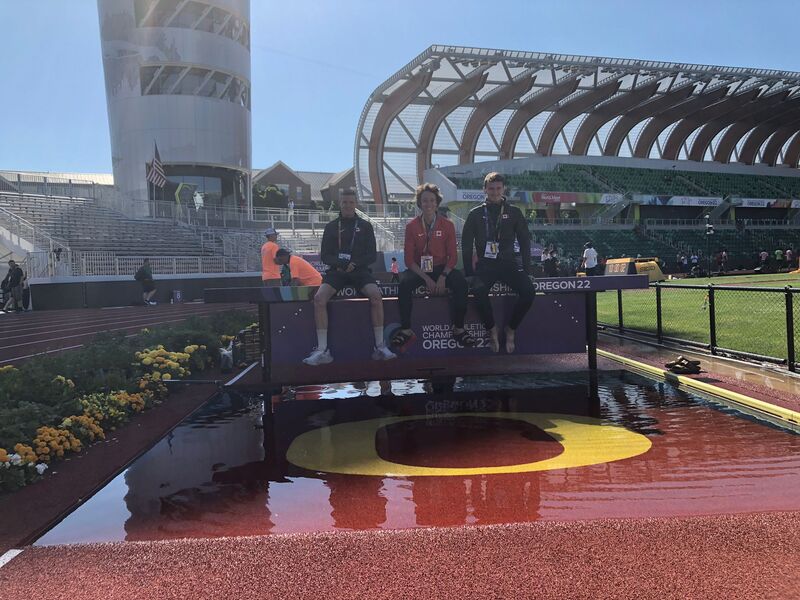
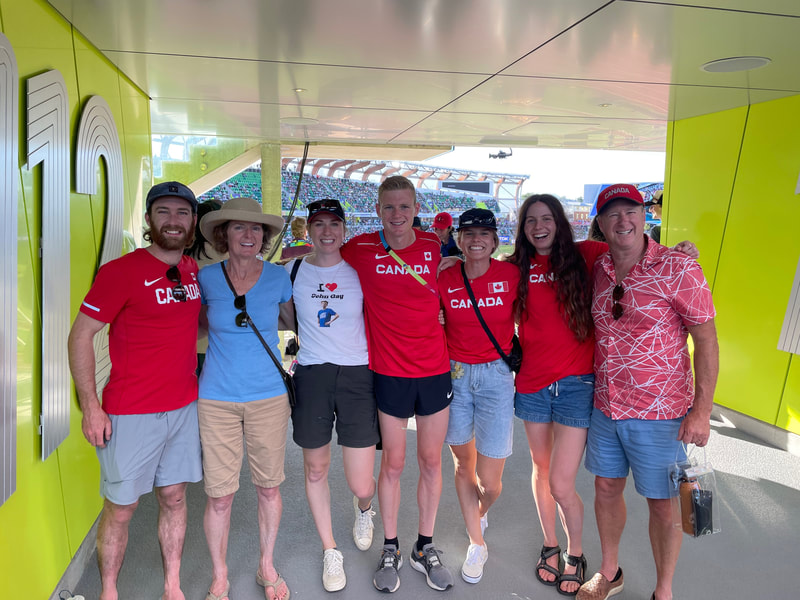
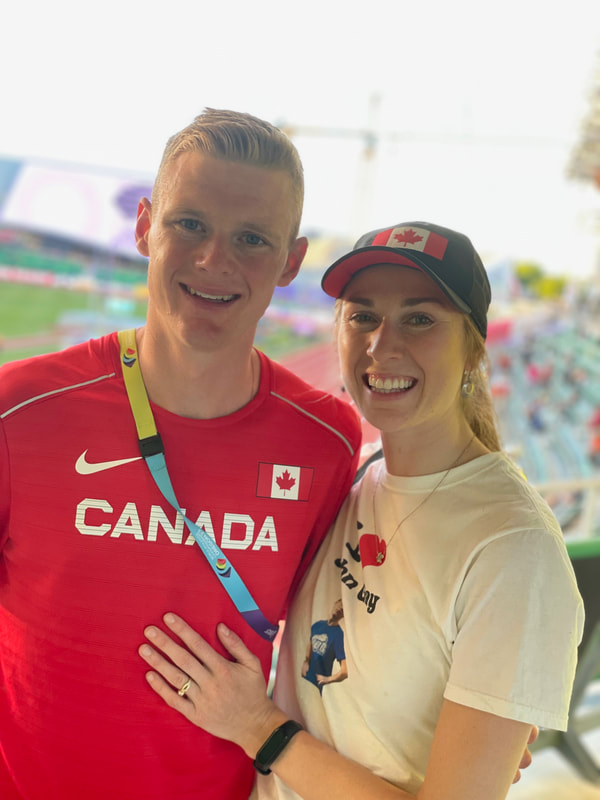
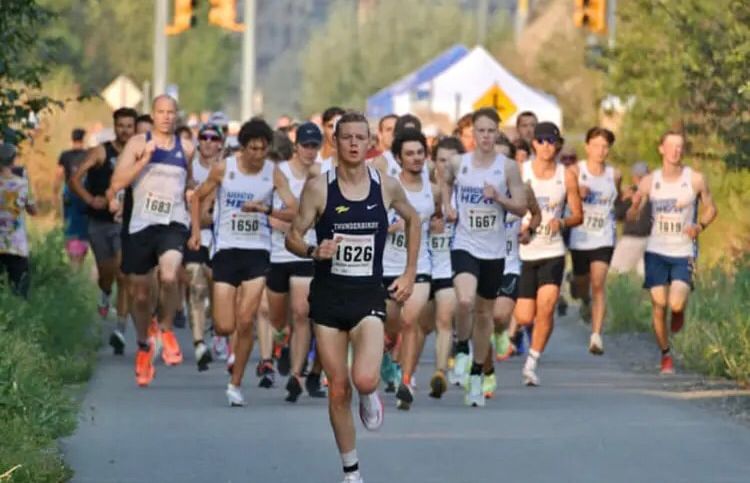
 RSS Feed
RSS Feed